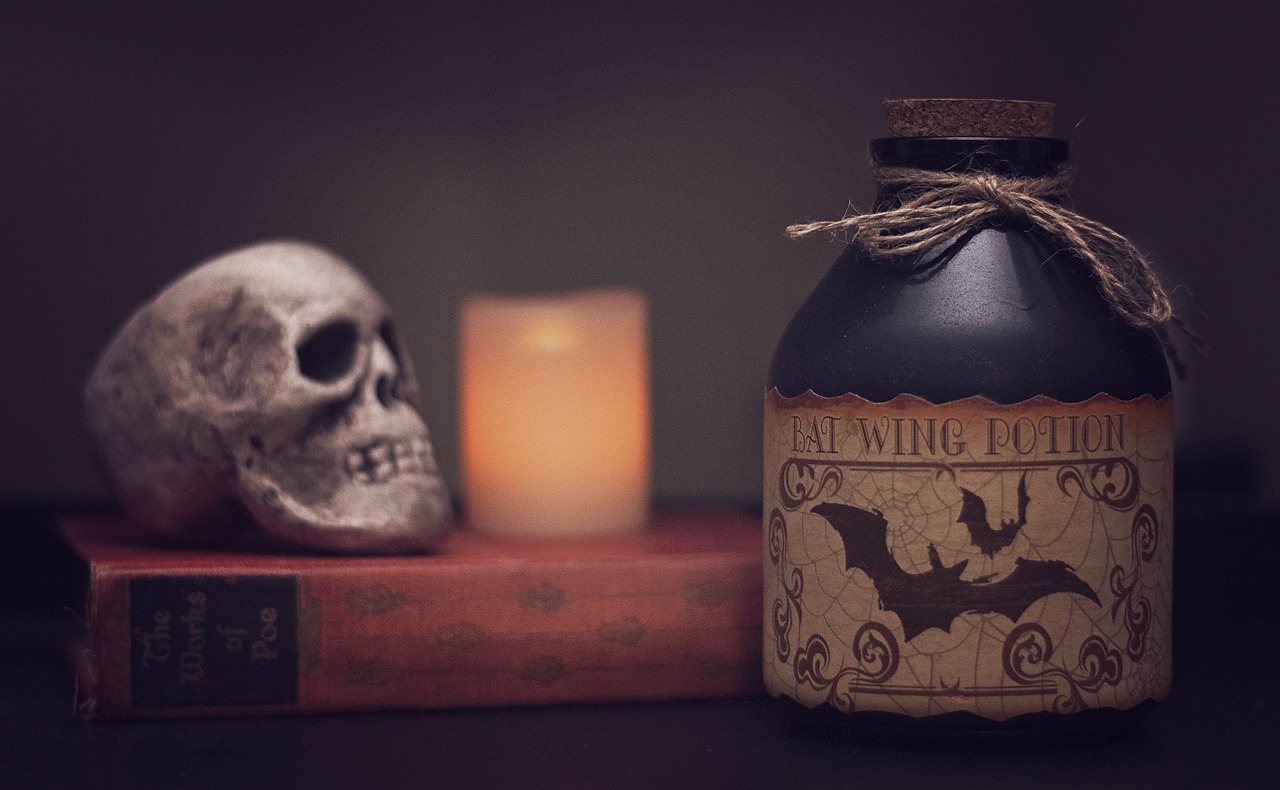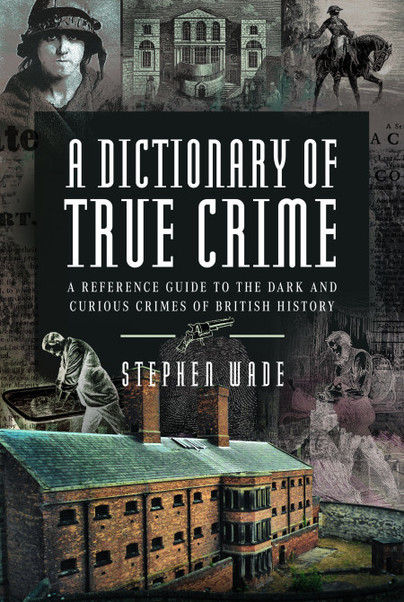Author Guest Post: Stephen Wade
DARK DEEDS AS THE SOULS WERE WILD
Stephen Wade reflects on some disturbing criminal tales from the days of hanging.

Jacobites on the Scaffold
The time we celebrate at the end of October has little to do with pumpkins or white blankets over our heads, although that fun is always welcome. No, Hallowe’en is when restless souls are about, and back in the sorrowful days when Britain hanged people for all kinds of offences, there were plenty of unquiet spirits on the highways and byways of this pleasant land. This applies in particular when there were serious happenings abroad and the blades and bullets despatched folk to their doom. Such a time was in the Jacobite risings of 1745-46, which were all about putting the Stuart family back on the throne of Britain after the Glorious Revolution of 1688 had succeeded in placing William of Orange and Queen Mary as our sovereigns, followed by the Hanoverians in 1714 after the death of Queen Anne.
Between the last few days of October and the fifteenth of November, 1746, 23 men were hanged and some others transported to Ven Dieman’s Land for their part in supporting the uprising led by Bonnie Prince Charlie, the Young Pretender, an action that led to the bloody battle of Culloden in April of that fateful year.
These men were hanged at York, and the last to swing was the piper, James Reid, who had served with Lord Ogilvy, and tried to save his neck by asserting that he was a mere musician, not a fighter. The argument failed, and he was hanged, after Baron Parker had ruled that ‘ … a Highland regiment never marched without a piper, and therefore his bagpipe, in the eyes of the law, is an instrument of war.’
A Lancashire Tale
Majestic country seats seem to be hotbeds of both paranormal activity and bloody murder, and the county of Lancashire has more than its fair share of such tales and legends. This is a Halloween version
At Samlesbury Hall tradition says that the ghostly presence there is that of the daughter of Sir John Southworth. Her name was Dorothy and her appearances follow the established pattern of unhappy spirits haunting places of great tragedy: her lover was murdered in the sixteenth century, and he was buried by the outer wall. There the murdered man has been seen, moaning. The couple intended to run away together, but that her lover was a member of the rival Hoghton family and there was an ongoing feud. Dorothy’s brother killed the man, and his sister was rushed away to a convent where she soon wasted away and died. A writer of earlier times wrote that after Dorothy’s death, ‘on certain clear and still evenings, the apparition of Dorothy Southworth, clad in flowing white, was said to be often seen gliding along the gallery or through the corridors into the hall. She would descend the staircase or through the corridors into the hall.
This has elements of legend, but investigator Andrew Green’s footnote forty years ago was that during drainage work around 1970, workmen found a skeleton, a male one. Recently, Bowen Pearse has updated Green’s summary, and he adds the information that the hall was rebuilt in the sixteenth century, after Thomas Southworth inherited the place in 1517; he was a Catholic, and during the persecutions, Pearse points out, he hid people and made priest-holes for the protection of hunted men and for escape should a mass be discovered.
The Murder of a ‘Perfect Lady.’
In my time as an amateur murder investigator, I have looked at innumerable killings of women living alone or working in places without secure context, and many of these cases remain unsolved. Such a case is that of the brutal murder of retired Newcastle headmistress, Katherine Lillian Armstrong in 1963. This was yet another instance of a pensioner living a lonely life in an area where there were palpable dangers and unknown inhabitants. She had been savagely attacked in her home, at the foot of the stairs, and her head and neck had sustained 28 stabbings, as well as suffering strangling with a stocking.
The police followed all the usual procedures, but could find no suspects and no apparent motives. As so often happens, there were potential threats, such as tramps living in the vicinity and moving around in the nearby streets, and also the possibility that youths running wild around the Sandyford houses could have been possible attackers. There was even a phone call with a confession but that led to nothing.
Looking back at these events today, we see a woman known as ‘a perfect lady’ who had been much respected around her stretch of Newcastle; she had been advised to move from her home –Doncaster House on Goldspink Lane – as it was massive and gloomy. But she liked her own space and routine, and neighbours often saw her at home. In fact, some children had seen her looking out of a window early on the Halloween evening.
The true crime enthusiast will relish the challenge of developing a theory here, but lines of thought appear to be tenuous. There had been partially similar attacks in the area in recent times, and suspects, from teenagers to madmen on the loose, lead nowhere. Had she known her killer? What on earth was the motive, as it was patently not robbery. As was the case with several other infamous murder cases, it may be that Lillian knew her killer, and that she had admitted the person. That would solve some questions, but still, after so many years, this is a murder narrative that remains mysterious, and there far too many of these in the annals of crime. But this stands as a classic Halloween tale: the poor victim slain in her own home, on the evening of All Hallows, killed by someone with no apparent reason for taking her life. Local sleuths and some Scotland Yard men scratched their heads and were unable to find tracks and traces of the perpetrator of this heinous murder.

Order your copy here.

